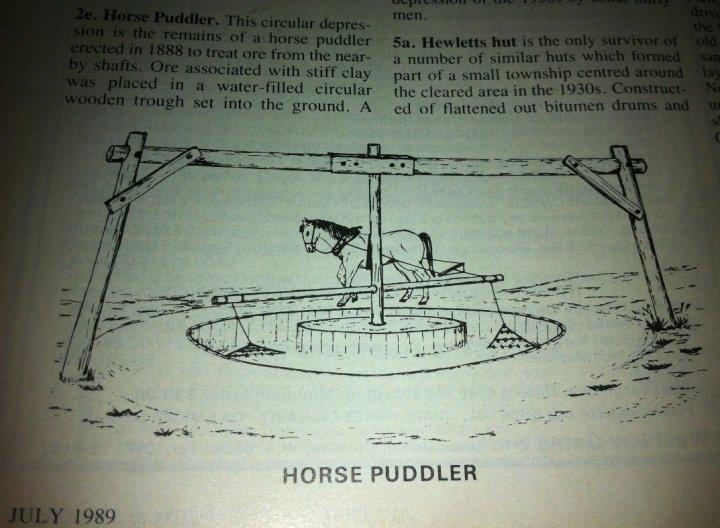Ryan27 said:
Puddlers were constructed after the turn of the century.
Just to clarify - Puddlers were most definitely in use from the start of the gold rushes. I don't dispute they may have still been in use into the early 1900s and the depression era. A quick check of the Vic gold reports is a s follows, and this is a direct quote from 1859:
"Sept 1859: AVOCA DIVISIONNoteThis table comprises only those actually engaged in mining. I estimate the total
population at 8,500. The whole is the result of my own observation. On the Avoca main Lead,
which is principally occupied by puddlers."
Further, this is the breakdown of who was doing what which indicates it was not just the Chinese:
"
Europeans
Avoca Main Lead 255 (150 Alluvial mining, 105 puddling)
Four Mile Flat 150 (120 Alluvial mining, 30 puddling)
Petres Diggings 600 (Alluvial mining)
St Arnaud 300 (180 Quartz, 100 Alluvial, 20 puddling)
Mountain Hut 1,330 (1,300 Alluvial mining, 30 puddling)
Amphitheatre 2,255 (2,200 Alluvial, 40 puddling, 15 sluicing)
Green Hills 50 (Alluvial)
Rutherfords Creek 80 (20 Alluvial, 6 Puddling, 14 Sluicing)
Township Reef 5 (Quartz)
TOTAL 5,025 (185 Quartz, 4,580 Alluv, 231 pud, 20 sluicing)
Chinese
Avoca Main Lead 800 (500 Alluvial mining, 300 puddling)
Four Mile Flat 50 (Alluvial mining)
St Arnaud 620 (550 Alluvial mining, 70 puddling)
Amphitheatre 80 (60 Alluvial mining, 20 puddling)
TOTAL 1,550 (1,160 Alluvial mining, 390 puddling)
Total of Europeans and Chinese, 6,575.
"January 1861: MARYBOROUGH DIVISION. Horse puddling machines, 241 (190 at work, 51 idle)."
Hope that clarifies it a bit. They are generally very old. As for detecting ON the puddlers - don't - they are mostly listed as "SIGNIFICANCE RANKING: Sites Listed Heritage Inventory." Around is OK.


